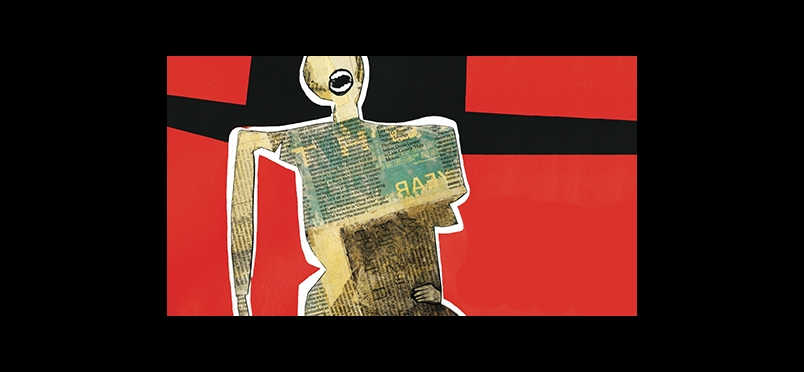| arthritis
Interplay: Hip Replacement Also Improves Back Pain

“…predict patients whose back pain will go away after their hip replacement.”
Newswise — A new study by researchers at Hospital for Special Surgery (HSS) in New York City reveals that symptomatic lower back pain resolved in 82% of patients after total hip arthroplasty (THA) and identifies which patients are more likely to have their back pain resolved. This study is available online as part of the AAOS 2020 Virtual Education Experience.
A complex interplay exists between the hip and the spine. Some back pain may be caused by abnormal mechanics from hip osteoarthritis. In this new study, the researchers set out to compare patients whose back pain resolved after THA with those whose back pain did not resolve and identify how to predict this using spinopelvic parameters.
The researchers evaluated and collected demographic data on a consecutive group of 500 patients who underwent THA for unilateral hip osteoarthritis at HSS. They excluded patients with previous spine surgery or femoral neck fractures. All patients underwent standing and sitting anteroposterior and lateral X-rays of the hip and lumbar spine pre- and postoperatively. Oswestry Disability Index scores and Visual Analog Scale scores were calculated preoperatively at six weeks and postoperatively at one year.
Of the 500 patients, 41% had documented lower back pain prior to their hip surgery. Of that group, 82% had their back pain resolve after hip replacement at a minimum of one year follow-up. The average Oswestry Disability Index in these patients preoperatively was 32+/-5% (moderate disability) and post-operatively was 9+/-3% (minimal disability, p<0.001). When comparing spinopelvic parameters between the groups, all patients whose back pain resolved had a sacral slope change from standing to sitting of more than 10 degrees, while the patients whose back pain did not resolve had a change of less than 10 degrees. Sacral slope change is a parameter that clinicians examine on a lateral X-ray that shows how much the pelvis and spine move in relationship to each other during different activities, such as going from a standing to a sitting position.
“There is definitely a group of patients whose...
Read the full press release on Newswise.
Other Categories:
Did you enjoy this article?
Subscribe to the PAINWeek Newsletter
and get our latest articles and more direct to your inbox

